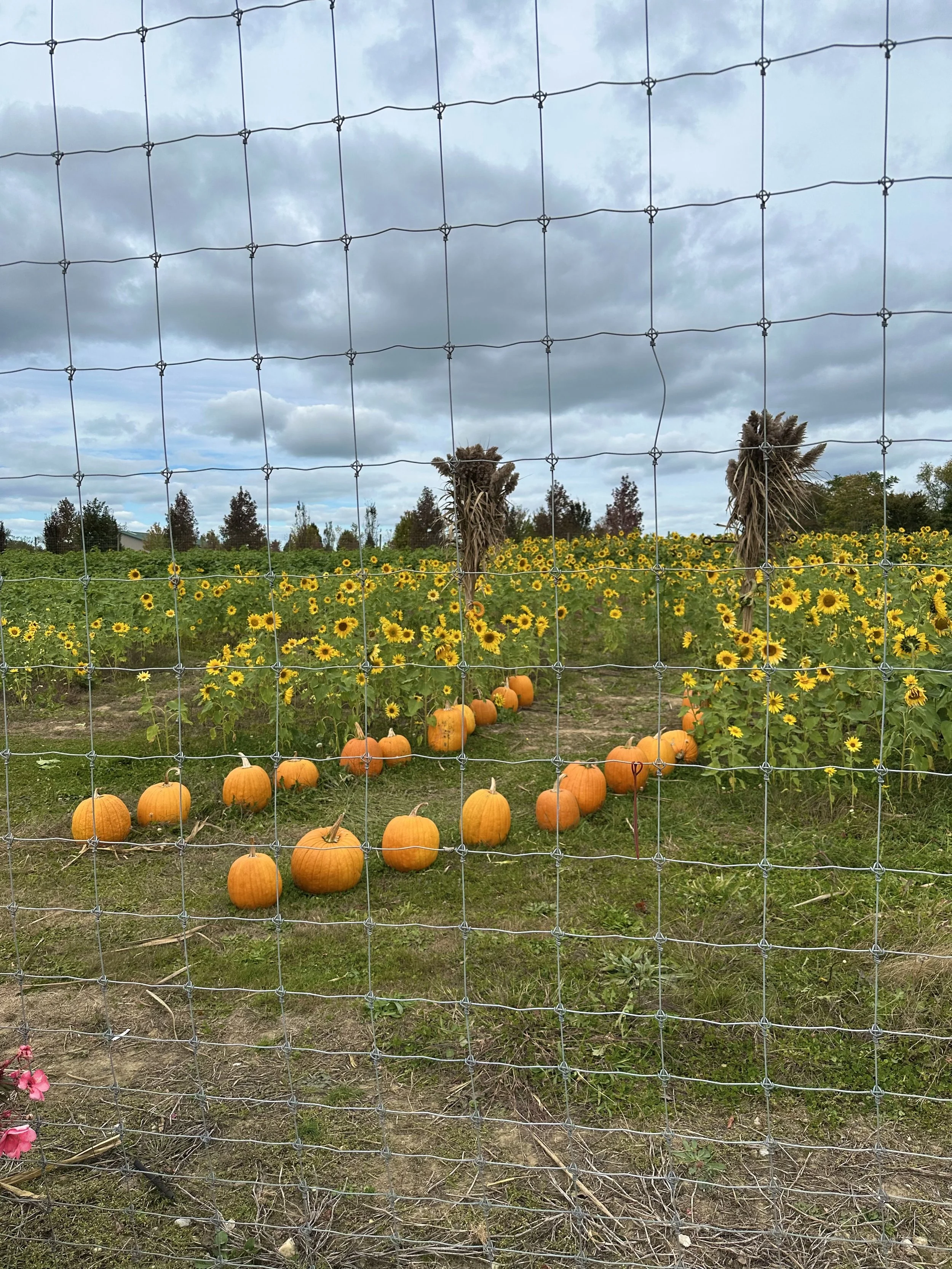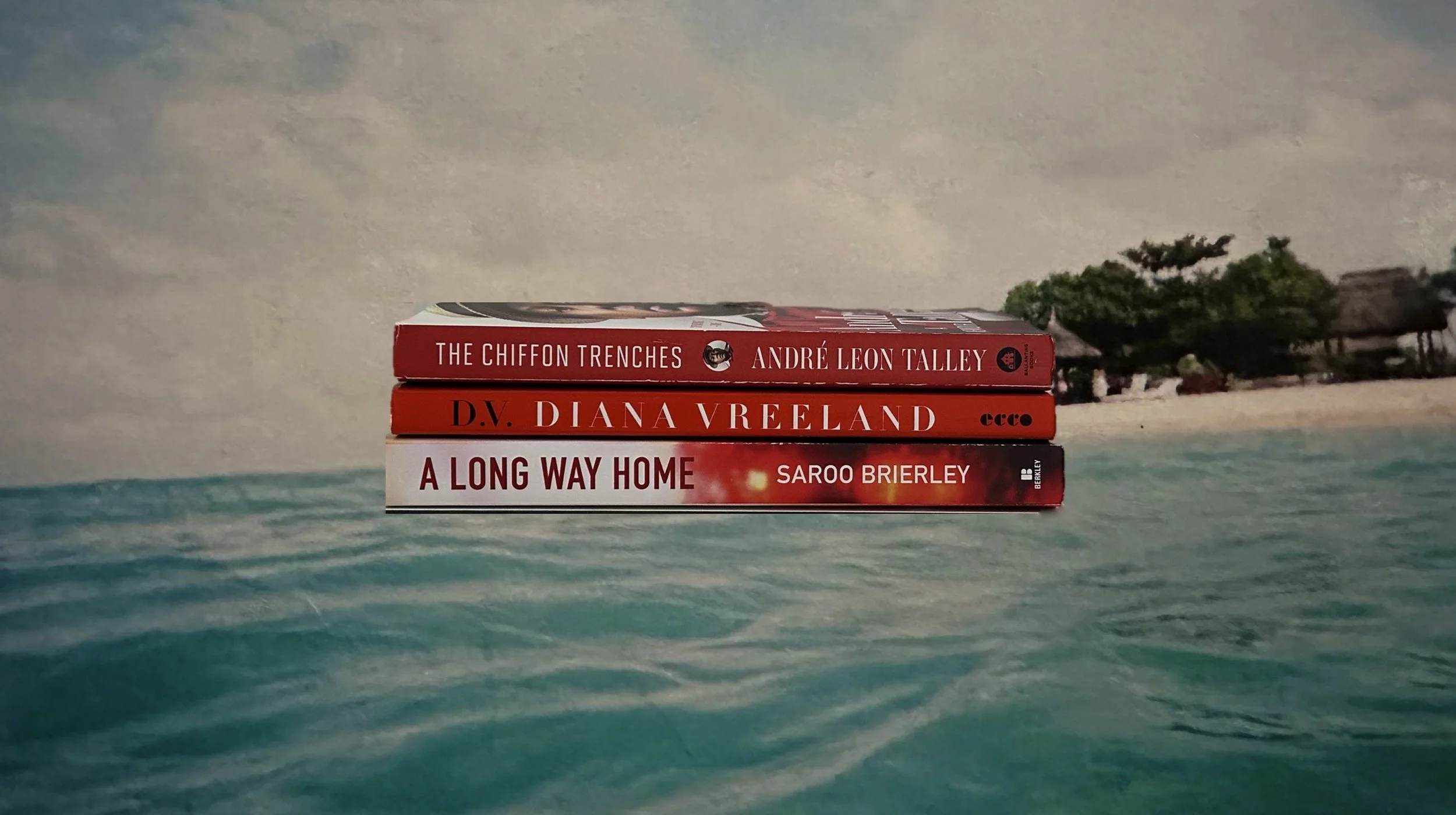Clowns, $piders, and Ghosts Oh My: Fear on the Brain
Spooky Spider: Arachnophobia is the fear of spiders or other arachnids. Photo By: Dr. K

Clowns, spiders, ghosts, creaking floors, darkness = Surefire triggers known to scare the $h’t out of anyone.
playing to the most common fears is insurance for horror and suspense movie creators. After adding a few horror flicks under our Halloween masks, we know the formula: a strange noise is a cat at the first go, then a serial killer on the second. So why do we repeatedly get scared of the same things? I mean clowns… still… really?
Many of our fears arise during childhood and our brains methodically process them. The trick is to program our brains into deciphering between legit and wack threats.

Fear is a survival mechanism. It doesn’t matter if it we are facing the Bloody Baron, Ted Bundy, or Bozo the Clown, we are at our very foundation animals that are biologically wired to survive by addressing threats. This might be running away from that threat or by having an old $kool beat-down in the $treet. We depend on our brains to let us know what should and should not scare us.

Fear processing is managed by various divisions of the brain. The prefrontal regions, hippocampus, amygdala, hypothalamus, and brain stem are just a few of the regions implicated in fear processing.
The Process: Seeing or hearing something scary triggers our thalamus to transfer that sense to the sensory cortex where it can be translated. Then the hippocampus processes the stimulus and tries to determine what is going on based on its storage of info; it’s dipping into our memory. Afterwards, the amygdala deciphers the realness of this threat by comparing it to the storage of memories that are related to fear. Finally, the hypothalamus responds accordingly with the “fight or flight” decision.
Dem Brains: Our brain processes scary things like how a computer manages data- it’s sequential, systematic, and uses stored info accumulated throughout our lifetime. Did a similar noise scare you in the past and was linked to an intruder? If so, then this gives a legit reason for your sense of fear within this context.
The Hippocampus determines from our learning experiences what we should and should not be scared of. So when the signal arrives here, memory files are checked for similar occurrences. Like, is it a cat or a murder coming in through your back door? Both of these scenarios have distinct sounds that may have been previously experienced by our sensory system (ears).
After the hippocampus does its thing, it tells the amygdala to chill or not. The amygdala gets hyped up via its specialized neurons after we perceive something frightening. If the threat is a hyped-up cat scenario, then the amygdala tells the hypothalamus, “yo holmes, we don’t need to be running or fighting right now”. If it’s the real deal, the hypothalamus is triggered to release hormones that will either have us beat the $h’t out of the would-be intruding murder or run like a muthaf’er.
Lab Ghosts: Phasmophobia is the fear of ghosts. These HEK293 cells stained with GFP (green fluorescent proteins) resemble ghosts rather than lab cultured human embryonic kidney cells. Photo By: Dr. K. Artwork By: AKJAM
Body $natchers: The hypothalamus communicates with our endocrine system to decide if fear or chill hormones are needed. Adrenaline and noradrenaline are the stress hormones released and flow through your veins to get your body moving accordingly. Your heart beats faster and breathing gets heavier when your brain starts to process fear-inducing situations. Some people might also lose motor activity and freeze in response to an apparent fearful scenario.
The Hype About Memory and Fear: If something frightened us as a kid, then our amygdala stores that association. This means that the next time we run into that scenario, even when we are 50 years older, that connection will be brought up naturally. Breaking the association for illusionary threats might be aided by “facing-your-fears”-type of therapy. If you are scared of the dark, then hang out in a dark room until you get over it and learn that nothing bad is going to happen. This is the most simplistic method, but many phobias go deeper than this and need more therapy. Many triggers of fear that have developed and remained from childhood have never been dealt with effectively, so it’s often difficult to decipher the real cause.

Bottom Line: Learning what is real and illusionary is the trick before getting your treats.
Fears:
Arachnophobia = the fear of spiders or other arachnid family members, like scorpions
Coulrophobia = the fear of clowns
Phasmophobia = the fear of ghosts
Phobos = deep dread or fear (Greek)
Brains:
Thalamus = takes whatever you sense and sends it to the area of the brain that is supposed to deal with it
Sensory Cortex = receives and processes all senses (sight, taste, smell, audio, touch)
Hippocampus = regulates emotions and memories
Amygdala = regulates survival instincts, emotions, and memory
Hypothalamus = links the brain to hormones
Clown Cookie: Coulrophobia is the fear of clowns. Hope it doesn't get in the way of eating a sugar cookie. Photo By: Dr. K. Artwork By: AKJAM

Igors in Lab:
Justin Kim M, et al. (2016) A face versus non-face context influences amygdala responses to masked fearful eye whites. Soc. Cogn. Affect. Neurosci. doi:10.1093/scan/nsw110
Remmes J, et al. (2016) Impact of Life History on Fear Memory and Extinction. Front. Behav. Neurosci. 10:185. doi: 10.3389/fnbeh.2016.00185
Shin LM and Liberzon I (2010) The Neurocircuitry of Fear, Stress, and Anxiety Disorders. Neuropsychopharm. Rev. 35:169. doi:10.1038/npp.2009.83

When the sun stakes its claim on sky and garden alike, our bodies yearn for relief as much as our palates do. The leafy green trifecta of purslane, frisée and chard arrives with all the panache of a seaside cocktail: bright, refreshing and impossibly good for you. Far from mere garnishes, these summer stalwarts carry a payload of cooling, hydrating and protective compounds.
Sea turtles have survived environmental challenges and natural predators for over 100 million years. While they do not experience anxiety in the same way humans do, they do exhibit stress responses influenced by their environment, health, and even their gut microbiome. The connection between the gut-brain axis and resilience offers fascinating insights into how these ancient mariners navigate their world. They are quite inspiring.
Beyond cortisol and serotonin, several lesser-known biomarkers play a role in emotional regulation, stress response, and cognitive function. BDNF and GSH you probably have heard of due to the ever-pervasive supplement industry. But three here are widely unknown to the general public. The people who can greatly benefit from regulating them.
Pitta-dominant individuals often exhibit heightened HPA (hypothalamic-pituitary-adrenal) axis activity, leading to increased levels of cortisol and norepinephrine, hormones the research and supplement community harp on as responsible for stress response and alertness. It is true to an extent. But there are innumerable other molecules and pathways responsible for our biggest wellness concerns.
This Summer, every ray is a statement piece. As the sun lingers into sultry evenings, nature whispers secrets of transformation- inviting you to radiate with luminous skin and an enlightened inner glow. Ruled by Pitta- the dosha of heat, metabolism, and digestive fire- this season beckons you to embrace a metamorphosis that effortlessly marries cutting-edge science with time-honored tradition.
Forget astrological compatibility. The future of love and friendship isn’t written in the stars- it’s rooted in something far more grounded. Doshas, the Ayurvedic blueprint of personal energy, dictate everything from how we sleep to how we eat. And when it comes to relationships, that kind of insight may prove more valuable than knowing someone’s rising sign.
Transformation is often mistaken for reinvention, for shedding old identities in favor of something strikingly new. But Ayurveda teaches us something entirely different- that transformation is a return. A refinement. A quiet but deliberate step back to what was always there.
Efforts to become a better version of oneself is increasingly gaining active attention. If the Tik-Tokkers are doing it, it must be a thing right. Diets, exercises, and supplements still play a fundamental role in how we perceive transformation into so-called better people. Why is so many people unhappy with what they chose to become?
Finding the so-called Right One takes more than a swipe and a list of objectives. No love story is as epic as Ram and Sita’s. Not every couple is as swoon-worthy as Paul Newman and Joanne Woodward. Dali and Gala remain surreal status symbols- dream couple, indeed. Have you become lethargic about love? From soulmate to twin flame, we either complement each other or are a Mary-Kate and Ashley oddity. Both really depend on one word.
These are some of the all-time favorite things that our Editor-in-Chief and Founder love. Dr. Kuver has tested these products for years and has come to love them. She also likes these businesses for their personableness.
Science says money buys happiness. And time. Few can afford either. Prosocial spending results in a jolly mood. There is one caveat. A higher level of happiness comes from buying presents for people who are considered higher on the intimacy list. Love father more than mother? Buy him a $450 million dollar da Vinci and take her out for a $4000 crab feast.
Season’s greetings to those tiny and small shops that have just what any gift list needs. Wines, teas and skincare delight everything from hosts or stockings. No need to seek out the Wizard in Oz, thinking small is beneficial for the brain and heart.
This Halloween, before putting the potion in motion, do not light the black flame candle or forget a fresh “dead man’s”… Broom hoe!
If sitting in Vermont foliage traffic or lining up for upstate apples is not on the itinerary, then head in the opposite-ish direction. The East End offers a calmer setting for the season.
One day away feels better than one day at home or work. The visual, somatosensory and auditory cortices respond positively to experiences that are away from daily responsibilities and in countryside surroundings.
Arround an hour north of the city, Beacon covers all the basics from food to art. Not exactly the woods, but this upstate location offers beautiful foliage views within a bustling town.
This year “transformational change” has taken over. TikTokers figured out that the last 3 months of the year are consequential to how next year will be. It is time to look inside for a total reflection on who one wants to be. A “new” person. Groundbreaking.
A word that once belonged to visionaries, pioneers, and creators has now become ubiquitous- an identity worn by everyone, everywhere, all at once. In a world where everyone is launching something, what does it truly mean to be a founder?
The rise in Ayurveda’s visibility has made healthful living more mainstream, but how accessible is it? Like conventional medicine, traditional healing is ineffective without reasonable access- meaning affordability, availability, and awareness.
Avoid the heat that burns deeper than sunburns and lasts long after heatwaves. Choose foods and drinks that will help you survive the hottest Summers. Be a not instead of hot.
Carissa’s will continue their Kith Treats collaboration throughout the Summer in the Hamptons. Though the first try was unimpressive, I may return for their ice cream sandwich. If you have tasted Carissa’s Miso Chocolate Chip cookie, then you understand the importance of second chances.
We swim with them, then we eat them. Grilled, fried and dried. What’s the best fish in these parts?
The second thing summer brings to mind is strawberries. From Alzheimer’s to fat, who makes these vitamin-c packed berries into a better shortcake?
Chilled, iced but not diced. The disadvantages of low temperature beverages still needs research support.
The sun, the moon and… sweat? Keeping Pitta energy cool this Summer starts before the season. This is how.
So-called ‘food is medicine’ is not just about what you eat. It is about how it is prepared. That determines how it moves through your body, and how it harmonizes with your doshic energy. A meal, after all, is more than sustenance. It is transformation, a ritual, a moment of indulgence that shapes both body and mind.


INTRVW WITH A SCIENTIST™
Q&A WITH PROFESSIONALS THAT ARE MAKING A DIFFERENCE IN THE FIELD.

In the endless carousel of trends, something far more interesting is happening in your closet. This is Dosha Dressing: a way of getting dressed that is more refined, more intimate, and infinitely more socially literate than fashion ever gave us credit for.
Fall is an atmosphere. Asking us to reconsider, reframe and regenerate. We have chosen regeneration in its most deliberate form. This issue explores that process through Dosha Dressing, created by Aarti Kuver, PhD.
Our virtual medicine cabinets are bursting open with Ora rings, full body scanners, and more biotic supplements than we can swallow in a longevity lifetime. But, not everyone has a doable co-pay prescription to all of that. Does it really need to be so exorbitant?
Prada has masterfully combined high fashion and environmental stewardship. It is fostering ocean literacy through artful exhibitions and community engagement that speaks to the urgency of protecting marine ecosystems.
This Summer, Dosha Dressing is punctuating the white dress perfectly with a dash of blue. Imagine a rich ocean blue echoing the intensity of Pitta’s deep waters, or a delicate sky blue that speaks to Vata’s free-spirited wanderlust.
Summer is not just a season- it’s a state of mind. But before you surrender to the tyranny of sweat and frizz, consider that Dosha Dressing is borne out of an ancient remedy that has been quietly dictating balance for centuries.
Beyond fashion, the feet hold potent Ayurvedic marma points- gateways to circulation, balance, and vitality. Whether stimulating Kshipra (big toe) for movement, Talahridaya (sole center) for grounding, or Gulpha (ankle) for agility, shoes are not merely chosen- they are prescribed.
Spring love is arriving warm in silk, cashmere and fluff. Red with a splash of vanilla and snuggle of gray bring tridoshic energy to warmer temperatures and extended sunshine.
Creative and profitable expectations are akin to nerves propagating electrical messages in continuous motion. This pressure can crash the nervous system and personal harmony. Unless, one does as Marc Jacobs: recognize how to work the positive and the negative.


















































Beer is a paradox. Its ingredients flirt with regeneration, while its alcohol content undermines it. It is a pleasure that comes with a cellular price tag.